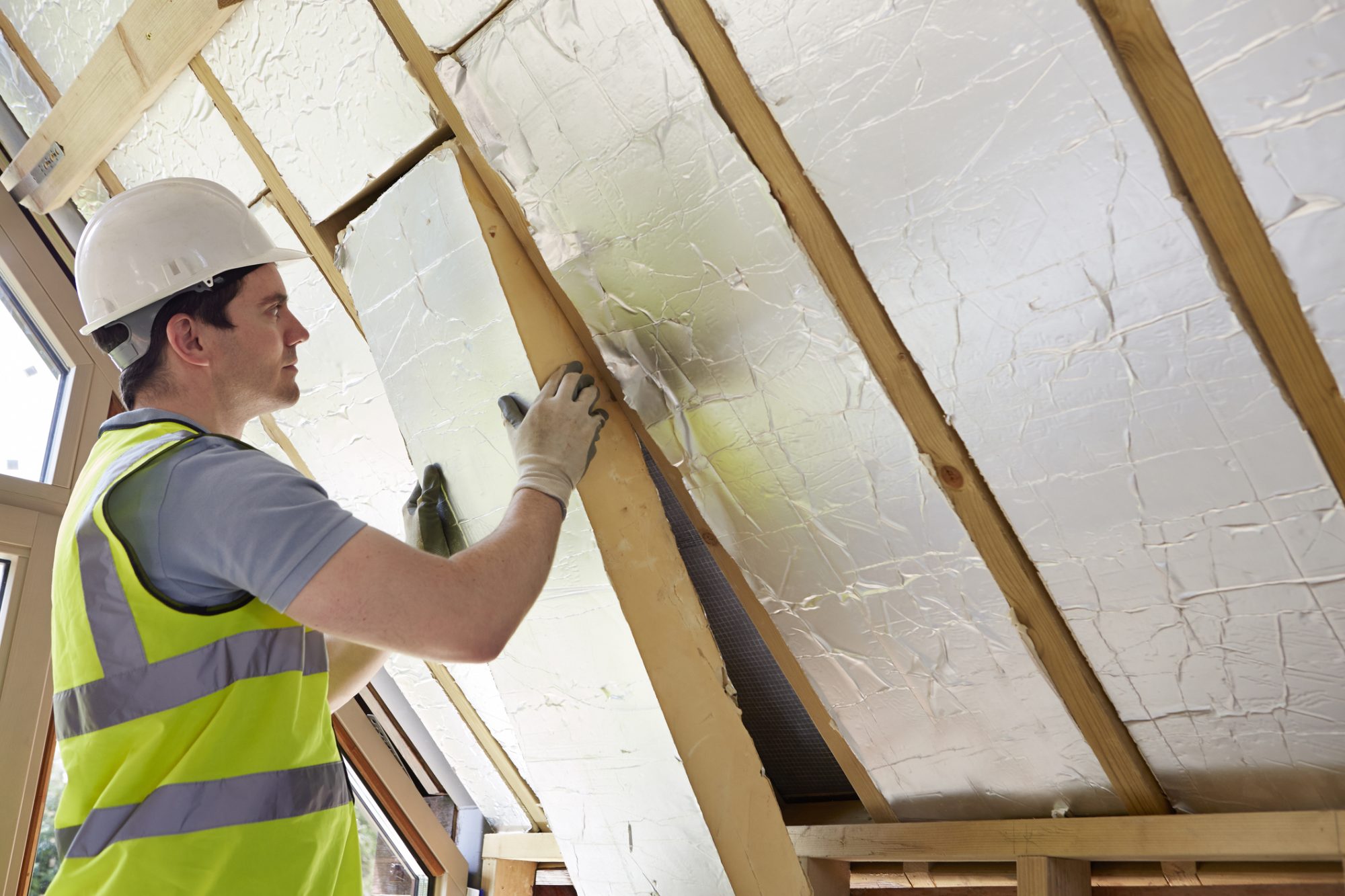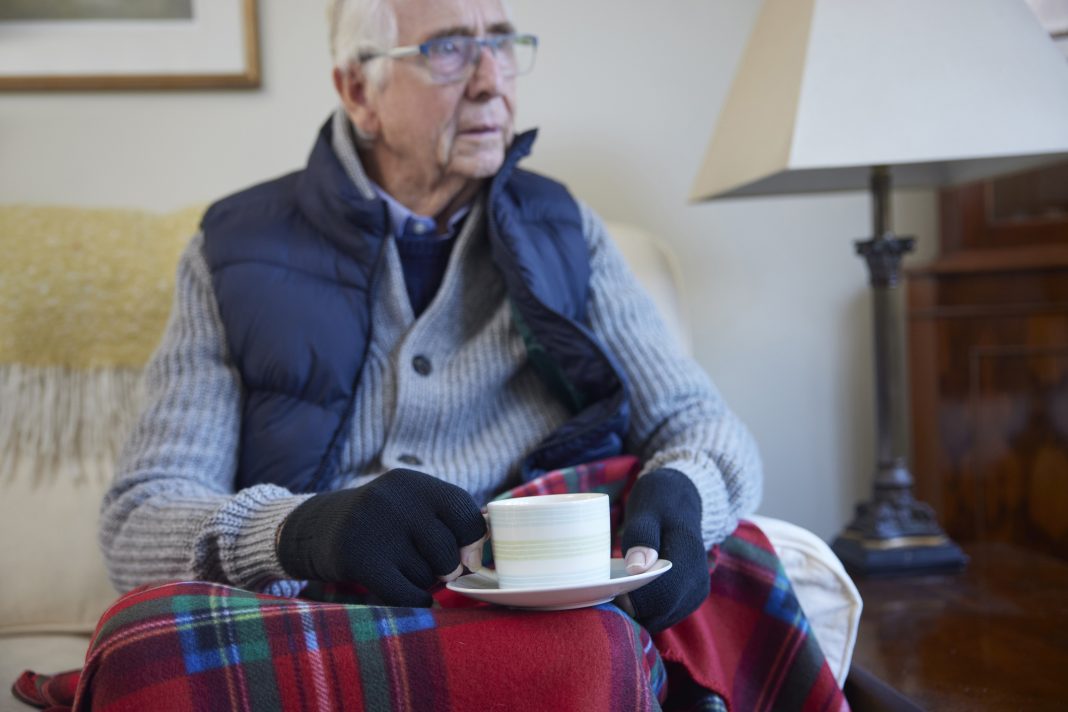Architect Thomas Wiedmer, UK and Ireland technical director at insulation specialist Actis, examines the recent BRE report into poor housing and its impact on the NHS – and how the Future Homes Standard will help the nation’s physical wellbeing via strategic retrofitting
The Building Research Establishment (BRE) is calling for a strategic retrofitting programme to be put in place to help improve the country’s worst-performing homes, in light of its recent report suggesting that poor housing could be costing the NHS £540m a year.
Nearly 30% of poor housing in England poses a risk to inhabitants’ health
The report, The Cost of Poor Housing by Tenure in England, confirms what many in the construction industry and health and social services have known for decades. As well as saving a fortune on heating bills and helping the environment, living in a warm home can stave off cold-related illnesses, including poor cognitive functioning.
The BRE analysed 2.4m examples of poor housing across England in the owner-occupied, private rental and social sectors, 700,000 of which were deemed ‘excessively cold’, meaning that millions of people across the country could be at risk of ill health.
A strategic retrofitting scheme must provide a tailored response
Thomas, while citing the importance of “fabric first”, says the solution is not as simple as merely slapping insulation into these properties. It needs to be part of a balanced approach, ensuring it doesn’t lead to damp and mould, with retrofitters needing to take into account specification PAS 2035:2019, which champions a whole-house approach, including a ventilation strategy.
“Although it is a guide for all government-supported projects, including those under the Energy Company Obligation (ECO), it can be used on a voluntary basis for private homes outside these schemes,” he said.

“The standard champions a matrix approach in which each individual measure is examined in the context of the whole house. This is because one action might have unintended consequences elsewhere in the property – such as the appearance of moisture or condensation.
“For example, while on the surface it may seem sensible to insulate all external walls to the best possible U-value, this could have unintended consequences elsewhere. Where the ceiling joists meet the walls, in some scenarios, can create a weak thermal bridge. This might lead to moisture build-up and mould growth so it may, counterintuitively, be better to use less rather than more insulation.”
Actis works closely with building control officers, architects, specifiers and builders in an educational capacity, with its specification team delivering CPD training aimed at helping them get to grips with some of the complexities of the insulation process.
Installing efficient insulation is a sure-fire way to reduce bills
One of its RIBA-approved modules, Tomorrow’s Insulation Solutions for Future Homes Standards, shows how to comply with Part L and meet revised energy efficiency targets, which see new build homes having to reduce carbon emissions by 31% over previous levels as well as how to prepare for the forthcoming Future Homes Standard.
The BRE report estimates it will cost more than £6,000 per home on average to improve the most excessively cold properties. But the Minimum Level of Energy Efficiency (MEES) for private rented properties, which require a minimum E energy efficiency rating, might only cost landlords £3,500 per home.
“The BRE analysed 2.4m examples of poor housing across England in the owner-occupied, private rental and social sectors, 700,000 of which were deemed ‘excessively cold’, meaning that millions of people across the country could be at risk of ill health.”
“The new £1bn ECO+ scheme, which comes into force this spring, is targeted at low-income and vulnerable households living in certain types of homes – in Council Tax bands A to D in England, A to E in Scotland and A to C in Wales – and which have EPC ratings of D or lower. While this is helpful, homeowners are only being offered grants of up to £1,500 – a long way short of the cost the BRE says is required,” said Thomas.
“Research shows that more than 12m homes had EPCs of D or worse in 2020. Installing insulation is the most cost-effective way of addressing this.”
Thomas Wiedmer

UK and Ireland technical director
Actis

















